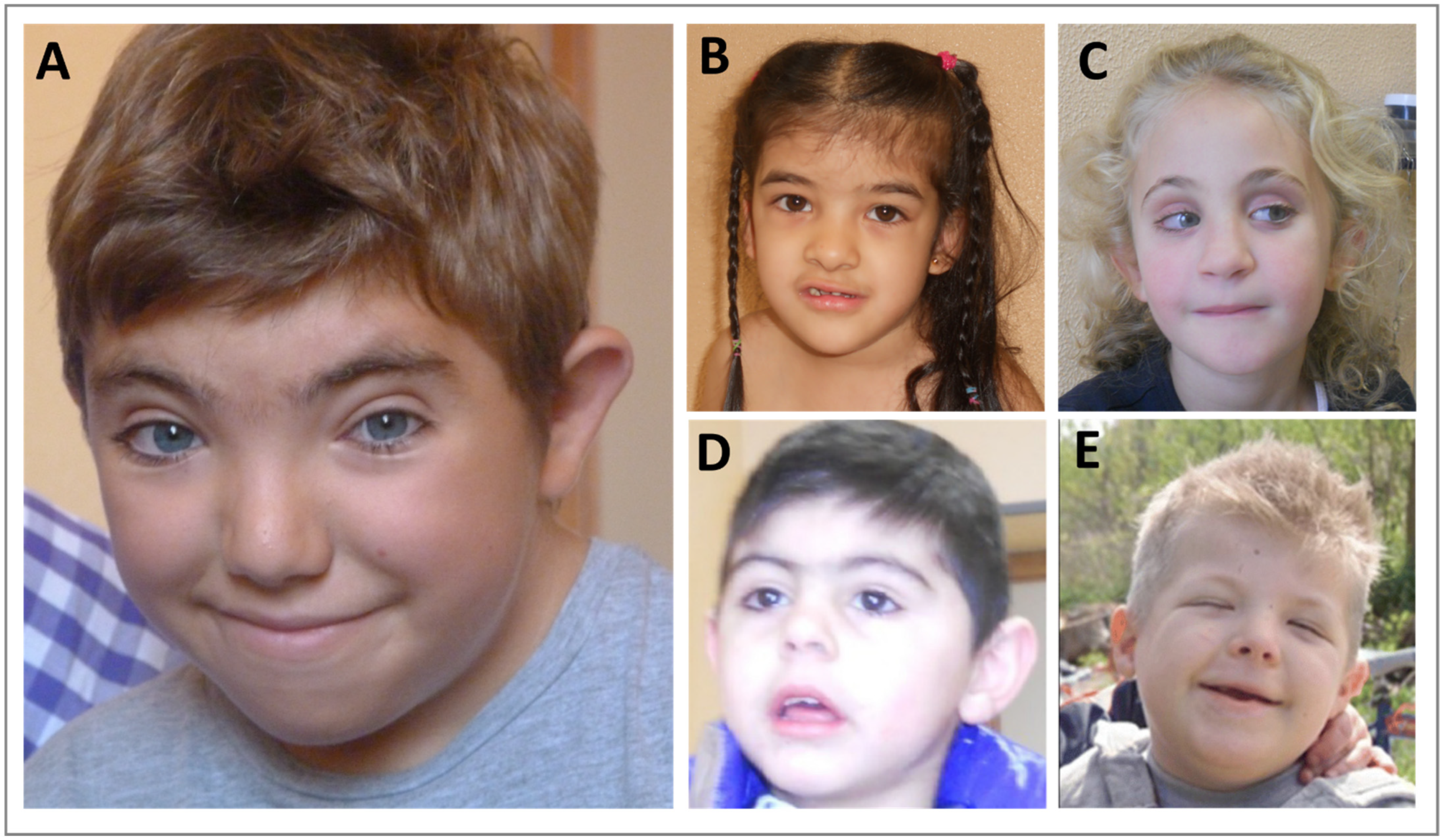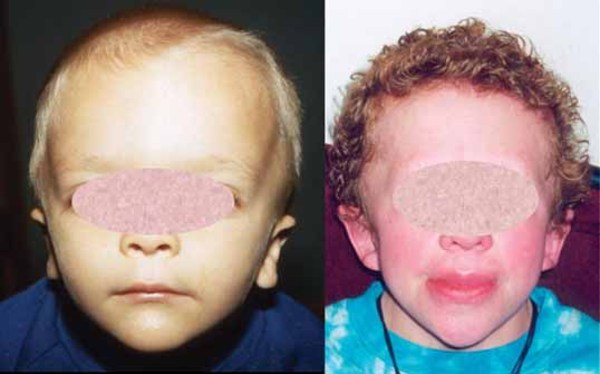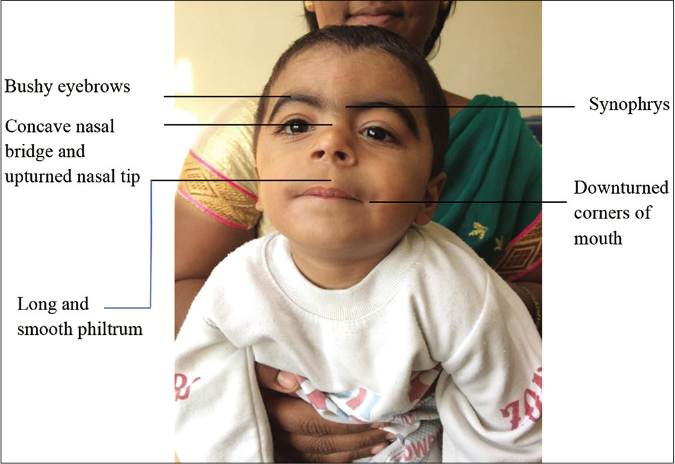A novel CREBBP mutation and its phenotype in a case of Rubinstein
Por um escritor misterioso
Last updated 10 novembro 2024
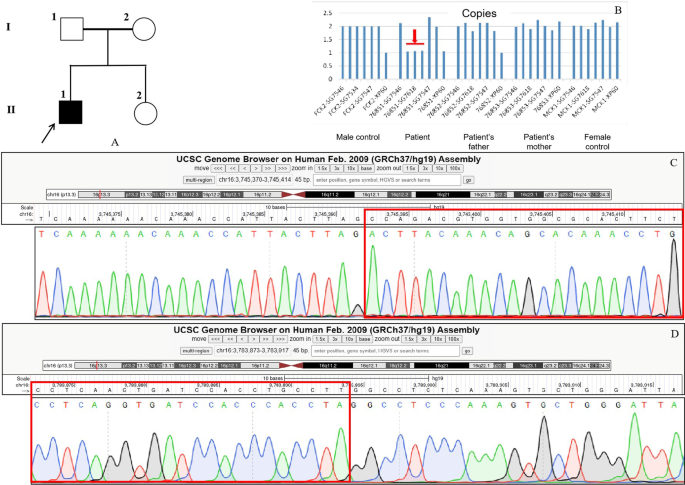
Background This study was to report a novel CREBBP mutation and phenotype in a child with Rubinstein–Taybi syndrome. Methods Case report of a 9-year-old boy. Results We described the patient’s clinical manifestations in detail, and found that in addition to the typical systemic manifestations of the syndrome, the outstanding manifestation of the child was severe intellectual deficiency and prominent ocular abnormalities. Whole-exome sequencing and sanger sequencing were performed on the patient and his parents, a large intragenic deletion, covering the exon 1 region and part of the intron 1 region of the TRAP1 gene, and the entire region from intron 27 to exon 30 of the CREBBP gene (chr16:3745393-3783894) was identified on the patient. This mutation affected the CREBBP histone acetyltransferase (HAT) domain. Conclusions This findings in our patient add to the spectrum of genetic variants described in Rubinstein–Taybi syndrome and present a RSTS patient with various ocular anomalies including early onset glaucoma.
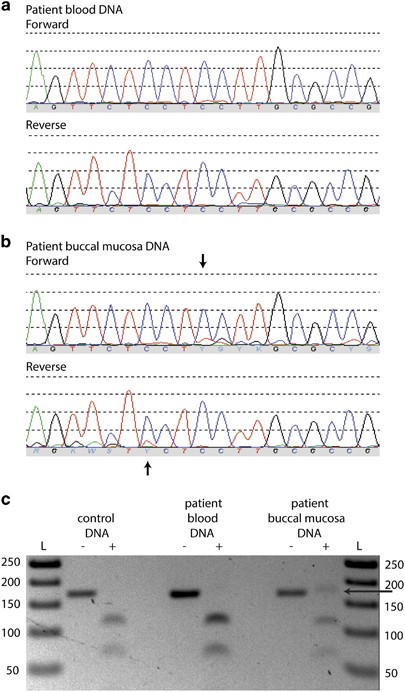
Mosaic CREBBP mutation causes overlapping clinical features of Rubinstein–Taybi and Filippi syndromes

Genes, Free Full-Text

Epigenetic mechanisms of Rubinstein-Taybi syndrome. - Abstract - Europe PMC
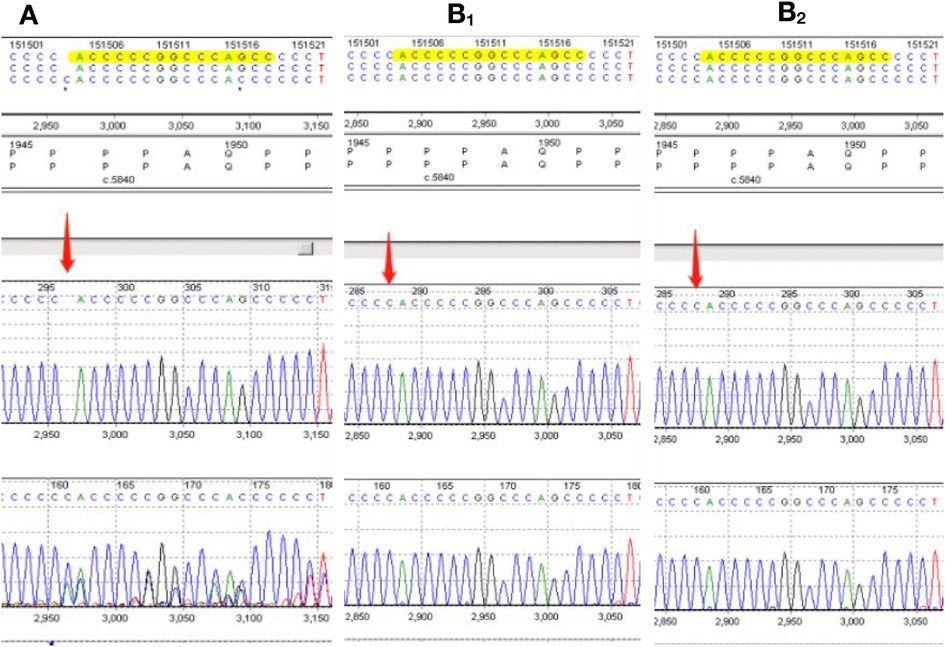
Frontiers Case report: A preterm infant with rubinstein-taybi syndrome and Marmorata telangiectatica harboring a frameshift mutation in the CREBBP gene

PDF) Spectrum of CREBBP mutations in Indian patients with Rubinstein-Taybi syndrome
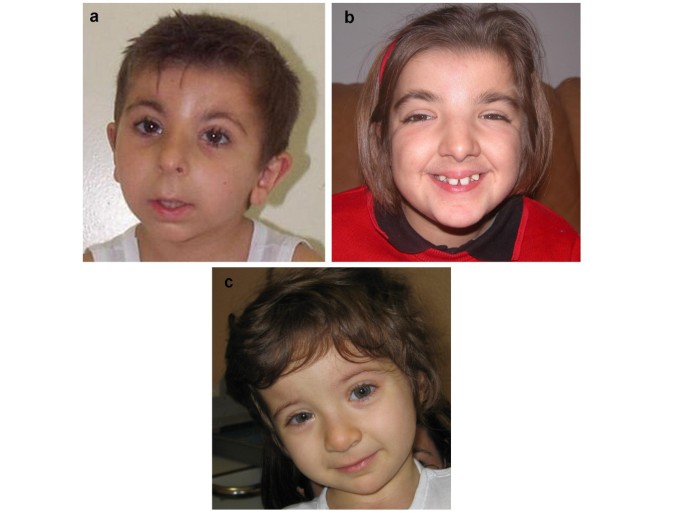
Rubinstein-Taybi Syndrome: spectrum of CREBBP mutations in Italian patients, BMC Medical Genetics
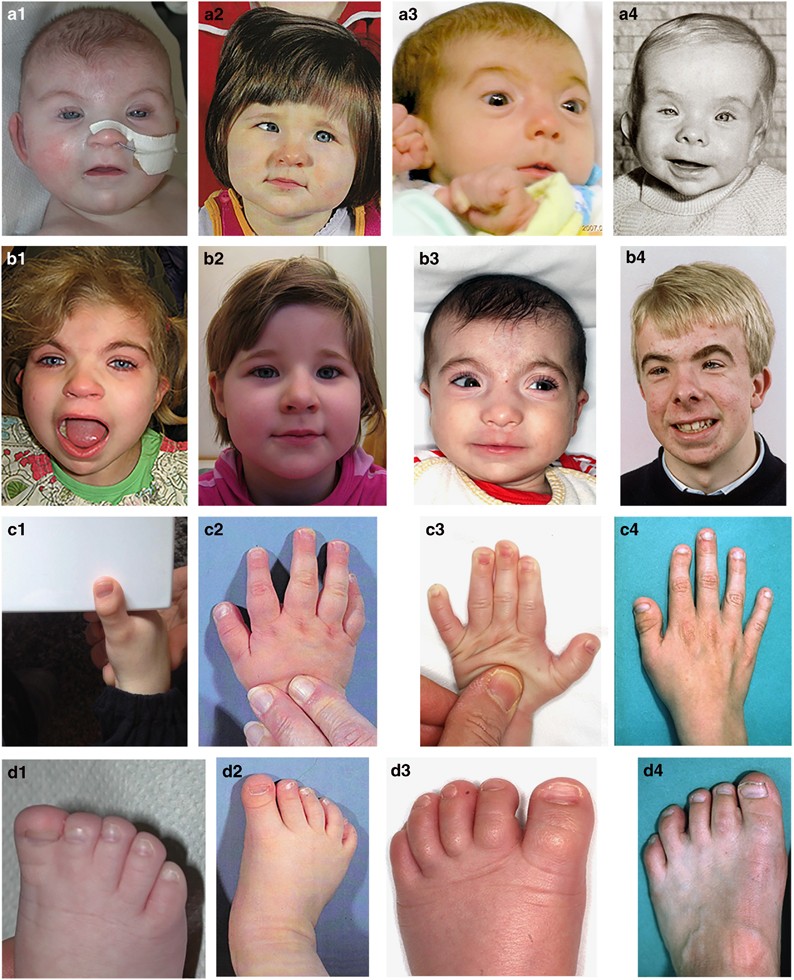
Analysis of mutations within the intron20 splice donor site of CREBBP in patients with and without classical RSTS
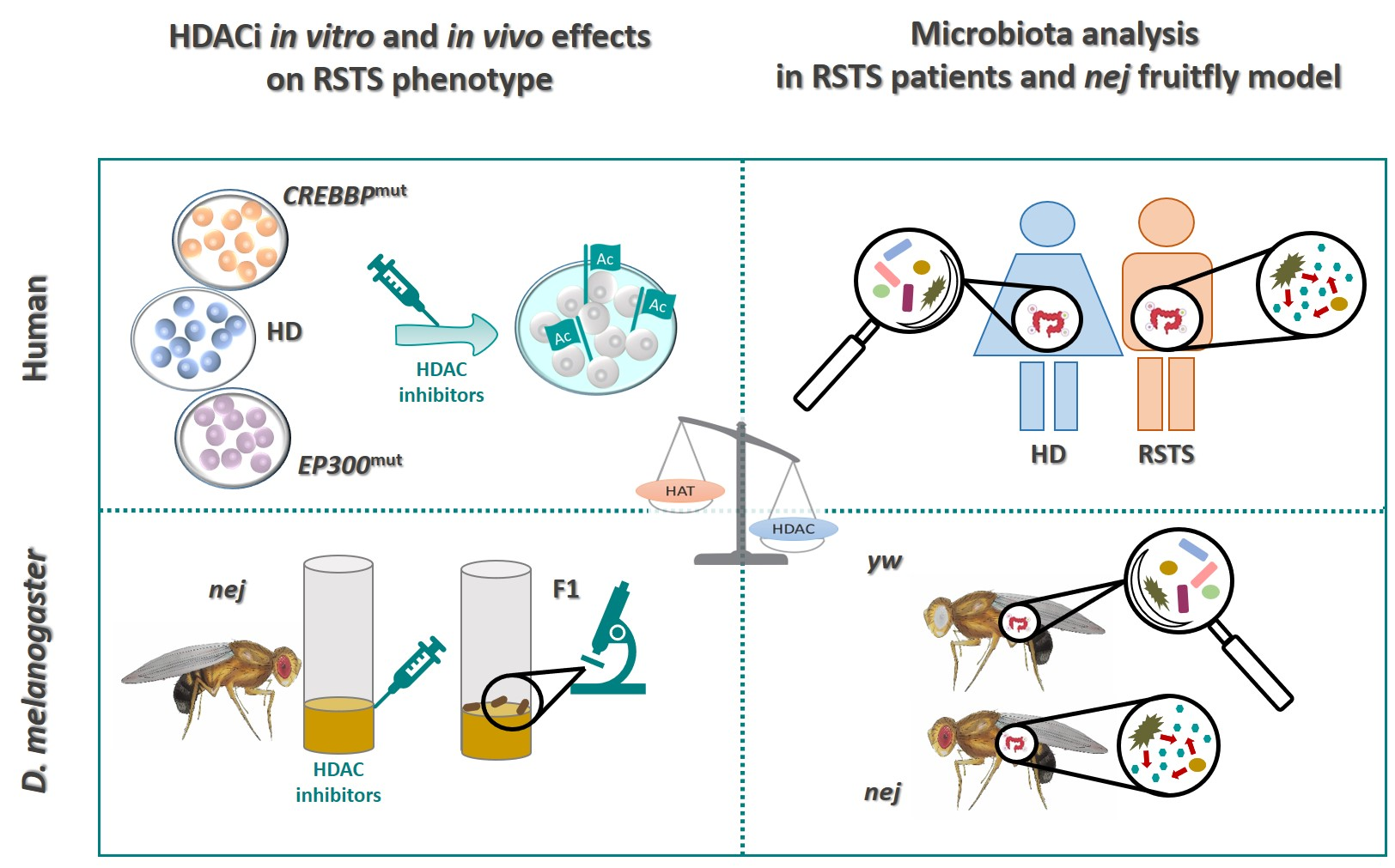
IJMS, Free Full-Text
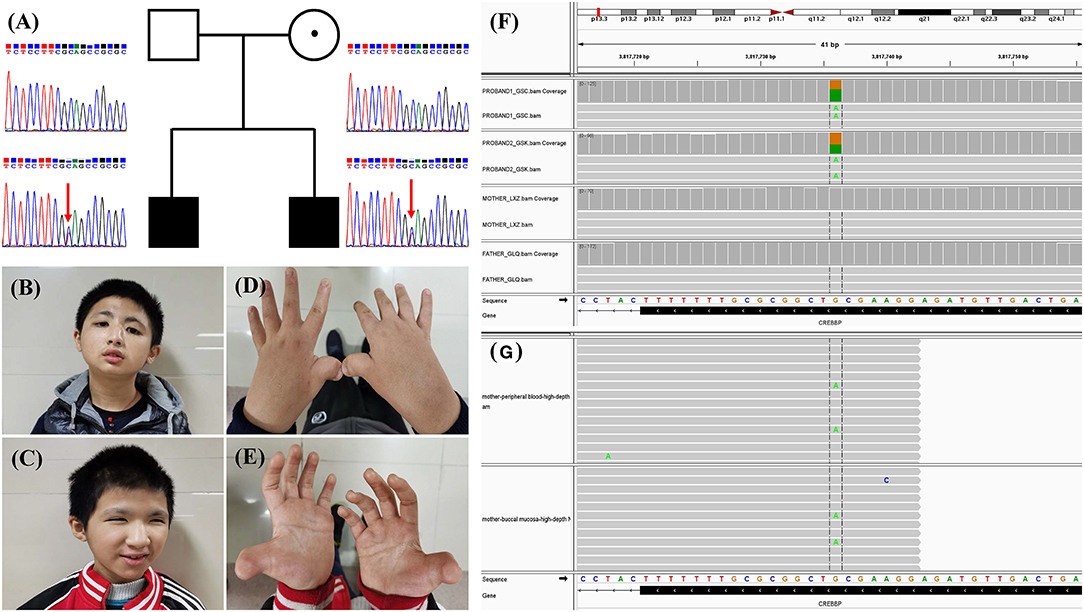
Frontiers Case Report: Low-Level Maternal Mosaicism of a Novel CREBBP Variant Causes Recurrent Rubinstein-Taybi Syndrome in Two Siblings of a Chinese Family
Recomendado para você
você pode gostar


![Figure 2. [Dorsal (A) and palmar (B)]. - GeneReviews® - NCBI Bookshelf](https://www.ncbi.nlm.nih.gov/books/NBK114458/bin/fhs-Image002.jpg)
